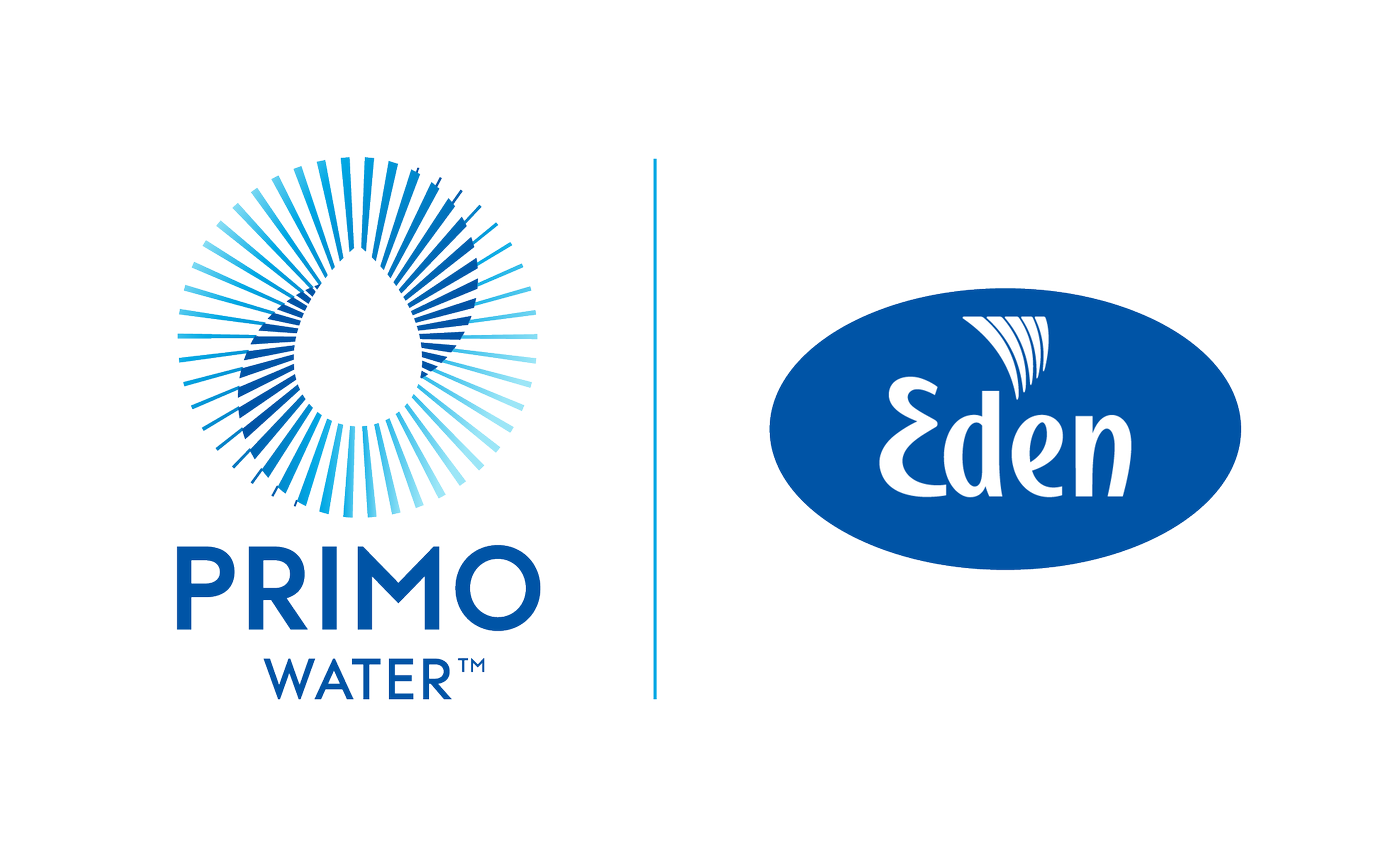Title Page
-
Title of Inspection
-
Site Conducted
Asset Reference
-
Address of Premises
-
Person(s) Consulted:
-
Assessor:
-
Date of Fire Risk Assessment
-
Date of Previous Fire Risk Assessment
-
Suggested Date for Review
-
The purpose of this report is to provide an assessment of the risk to life from fire in these premises, and, where appropriate, to make recommendations to ensure compliance with fire safety legislation. The report does not address the risk to property or business continuity from fire.
The submission of this report constitutes neither a warranty of future results by THE NAMED ASSESSOR nor an assurance against risk. The report represents only the best judgement of the adviser involved in its preparation and is based, in part, on information provided by others. No liability whatsoever is accepted for the accuracy of such information.
GENERAL INFORMATION
THE PREMISES
-
Number of floors at ground level and above:
-
Number of floors entirely below ground level:
-
Floors on which car parking is provided:
-
Approximate floor area: m2 on ground floor.
-
Approximate floor area higher than ground level (m2 per floor)
-
Approximate floor area: m2 gross
-
Details of construction and layout:
-
Occupancy:
THE OCCUPANTS
-
Approximate maximum number of employees at any one time:
-
Approximate total number of people present in the building:
OCCUPANTS ESPECIALLY AT RISK FROM FIRE
-
Sleeping occupants
-
Disabled employees
-
Other disabled occupants:
-
Occupants in remote areas and lone workers:
-
Young persons employed:
-
Others:
FIRE LOSS EXPERIENCE
-
Has this site ever suffered any loss to property, equipment or injuries caused by fire
RELEVANT FIRE SAFETY LEGISLATION
-
The following fire safety legislation applies to these premises:
-
The above legislation is enforced by
-
Other legislation that makes significant requirements for fire precautions in these premises
-
The other legislation referred to above is enforced by:
-
Is there an alterations notice in force?
-
Relevant information and deficiencies observed:
FIRE HAZARDS AND THEIR ELIMINATION OR CONTROL
ELECTRICAL SOURCES OF IGNITION
-
Fixed electrical installation periodically inspected and tested?
-
Is portable appliance testing carried out?
-
Is there suitable control over the use of personal electrical appliances?
-
Suitable limitation of trailing leads and adapters?
SMOKING
-
Is smoking prohibited in the building?
-
Is smoking prohibited in appropriate areas?
-
Are there suitable arrangements for those who wish to smoke?
-
Did the smoking policy appear to be observed at the time of inspection?
ARSON
-
Does basic security against arson by outsiders appear reasonable? (1)
-
Is there an absence of unnecessary fire load in close proximity to the premises or available for ignition by outsiders
-
(1) Reasonable only in the context of this fire risk assessment. If specific advice on security (including security against arson) is required, the advice of a security specialist should be obtained
PORTABLE HEATERS AND HEATING INSTALLATIONS
-
Is there satisfactory control over the use of portable heaters?
-
Are fixed heating and ventilation installations subject to regular maintenance?
COOKING
-
Are reasonable measures taken to prevent fires as a result of cooking?
-
More specifically:
-
Filters changed and ductwork cleaned regularly?
LIGHTNING
-
Do the premises have a lightning protection system?
HOUSEKEEPING
-
Is the overall standard of housekeeping adequate?
-
More specifically:
-
Do combustible materials appear to be separated from ignition sources?
-
Is unnecessary accumulation or inappropriate storage of combustible materials or waste avoided?
HAZARDS INTRODUCED BY OUTSIDE CONTRACTORS AND BUILDING WORKS
-
Where appropriate, are fire safety conditions imposed on outside contractors?
-
Where appropriate, is a permit-to-work system used (e.g. for ‘hot work’)?
-
Are suitable precautions taken by in-house maintenance personnel who carry out works?
DANGEROUS SUBSTANCES (2)
-
Are the general fire precautions adequate to address the hazards associated with dangerous substances used or stored within the premises (3)?
-
(2)For the purpose of this risk assessment and the Fire Safety Order, dangerous substances are primarily explosive, highly flammable or flammable substances and oxidizing agents.
(3)Small quantities with negligible impact on the appropriate fire precautions need not be taken into account.
OTHER SIGNIFICANT FIRE HAZARDS THAT WARRANT CONSIDERATION
-
Hazards
FIRE PROTECTION MEASURES
MEANS OF ESCAPE FROM FIRE
-
Staircase and exit capacities appear to be adequate for the number of occupants(4)? <br>
-
Are there reasonable distances of travel:
-
where there is escape in a single direction?
-
where there are alternative means of escape?
-
Is there adequate provision of exits?
-
Do fire exits open in the direction of escape, where necessary?
-
Are there satisfactory arrangements for escape where revolving doors or sliding doors are used as exits?
-
Are the arrangements provided for securing exits satisfactory?
-
Is a suitable standard of protection designed for escape routes?
-
Are there reasonable arrangements for means of escape for disabled people?
-
Are fire-resisting doors maintained in sound condition and self-closing, where necessary?
-
Is the fire-resisting construction protecting escape routes in sound condition(5)?
-
Are all escape routes clear of obstructions?
-
Are all fire exits easily and immediately openable?
-
(4) Based on current occupancy information provided. Detailed calculations (e.g. using floor space factors to predict maximum occupancy) are not carried out.
(5) This fire risk assessment will not necessarily identify all minor fire stopping issues that might exist within the building. If you become aware of other fire stopping issues, or are concerned about the adequacy of fire stopping, you might consider arranging for an invasive survey by a competent specialist.
18. MEASURES TO LIMIT FIRE SPREAD AND DEVELOPMENT
-
Compartmentation of a reasonable standard(6)?
-
Reasonable limitation of linings that might promote fire spread?
-
As far as can reasonably be ascertained, fire dampers are provided as necessary to protect critical means of escape against the passage of fire, smoke and combustion products in the early stages of a fire (7)(8)?
-
(6) Based on visual inspection of readily accessible areas, with a degree of sampling where appropriate.
(7)This fire risk assessment will not necessarily identify all minor fire stopping issues that might exist within the building. If you become aware of other fire stopping issues, or are concerned about the adequacy of fire stopping, you may wish to consider arranging for an invasive survey by a competent specialist.
(8) A full investigation of the design of HVAC systems is outside the scope of this fire risk assessment.
EMERGENCY ESCAPE LIGHTING
-
A reasonable standard of emergency escape lighting system provided(9)?
-
(9) Based on visual inspection, but no test of illuminance levels or verification of full compliance with relevant British Standards carried out.
FIRE SAFETY SIGNS AND NOTICES
-
Is there a reasonable standard of fire safety signs and notices?
MEANS OF GIVING WARNING IN CASE OF FIRE
-
Is a reasonable fire detection and fire alarm system provided(10)?
-
Is there remote transmission of alarm signals?
-
Is a zone plan displayed?
-
Relevant information on false alarm experience (if known):
-
(10) Based on visual inspection, but no audibility tests or verification of full compliance with relevant British Standard carried out.
MANUAL FIRE EXTINGUISHING APPLIANCES
-
Is there a reasonable provision of manual fire extinguishing appliances?
-
What type(s) of appliances are provided?
- Portable fire extinguishers:
- Hose reels:
- Fire blankets:
-
Are all fire extinguishing appliances readily accessible?
RELEVANT AUTOMATIC FIRE EXTINGUISHING SYSTEMS(11)
-
Type of fixed system
-
(11) Relevant to life safety and this risk assessment (as opposed to property protection).
OTHER RELEVANT FIXED SYSTEMS AND EQUIPMENT(12)
-
Type of fixed system
-
Is there suitable provision of firefighters’ switch(es) for high voltage luminous tube signs, etc.?
-
Are there appropriately sited facilities for electrical isolation of any photovoltaic (PV) cells, with appropriate signage, to assist the fire and rescue service?
-
(12) Relevant to life safety and this risk assessment (as opposed to property protection).
MANAGEMENT OF FIRE SAFETY
PROCEDURES AND ARRANGEMENTS
-
Safety Assistance: The competent person(s) appointed under Article 18 of the Fire Safety Order to assist the Responsible Person in undertaking the preventive and protective measures (i.e. relevant general fire precautions) is:
-
Fire safety at the premises is managed by(13):
-
Is there a suitable record of the fire safety arrangements?
-
Are procedures in the event of fire appropriate and properly documented, where appropriate(14)?
-
More specifically:
-
Are there adequate procedures for investigating fire alarm signals?
-
Are there suitable arrangements for summoning the fire and rescue service?
-
Are there suitable arrangements to meet the fire and rescue service on arrival and provide relevant information, including that relating to hazards to fire-fighters?
-
Are there suitable arrangements for ensuring that the premises have been evacuated?
-
Is there a suitable fire assembly point(s)?
-
Are there adequate procedures for evacuation of any disabled people who are likely to be present?
-
Persons nominated and trained to use fire extinguishing appliances
-
If the premises are in multiple occupations, are there adequate arrangements for cooperation between duty holders to ensure coordination of their fire safety arrangements?
-
Persons nominated to assist with evacuation, including evacuation of disabled people?
-
Appropriate liaison with fire and rescue service (i.e. by fire and rescue service crews visiting for familiarization visits?)
-
Routine in-house inspections of fire precautions (e.g. in the course of health and safety inspections)?
-
(13) This is not intended to represent a legal interpretation of responsibility, but merely reflects the managerial arrangement in place at the time of this risk assessment.
(14) Based on brief review of procedures at the time of this fire risk assessment. In-depth review of documentation is outside the scope of this fire risk assessment, unless otherwise stated.
TRAINING AND DRILLS
-
Are new employees given fire awareness training at induction?
-
Are they given adequate periodic refresher training?
-
Are they given additional training to cover any specific roles and responsibilities?
-
Is the content of training provided considered adequate(15)?
-
Are fire drills carried out at appropriate intervals?
-
(15) Based on brief consideration of the scope of such training. In-depth evaluation is outside the scope of this fire risk assessment.
TESTING AND MAINTENANCE
-
Adequate maintenance of workplace?
-
Annual servicing of fire detection and alarm system
-
Annual testing routines for emergency escape lighting?
-
Is annual maintenance of fire extinguishing appliances undertaken?
-
Is periodic inspection of external escape staircases and gangways undertaken?
-
Are six-monthly inspections and annual testing of rising mains undertaken?
-
Are weekly and monthly testing, six-monthly inspection, and annual inspection and testing undertaken of lift(s)provided for use by firefighters or evacuation of disabled people (evacuation lifts)?
-
Weekly testing and periodic inspection of sprinkler installations?
-
Are routine checks of final exit doors and/or security fastenings undertaken?
-
Are annual inspection and testing of the lightning protection system undertaken?
-
Other relevant inspections or tests:
RECORDS
-
Appropriate records of:
-
Fire drills?
-
Fire training?
-
Fire alarm tests?
-
False alarms?
-
Emergency escape lighting tests?
-
Maintenance and testing of other fire protection systems and equipment?
RISK ASSESSMENT
-
The following simple risk level estimator is based on a more general health and safety risk level estimator.
-
Taking into account the fire prevention measures observed at the time of this risk assessment, it is considered that the hazard from fire (likelihood of fire) at these premises is:
-
In this context, a definition of the above terms is as follows:
Low - Unusually low likelihood of fire as a result of negligible potential sources of ignition.
Medium - Normal fire hazards (e.g. potential ignition sources) for this type of occupancy, with fire hazards generally subject to proper controls (other than minor shortcomings).
High - Lack of adequate controls applied to one or more significant fire hazards, such as to result in a significant increase in the likelihood of fire. -
Taking into account the nature of the building and the occupants, as well as the fire protection and procedural arrangements observed at the time of this fire risk assessment, it is considered that the consequences for life safety in the event of fire would result in:
-
In this context, a definition of the above terms is as follows:
Slight harm - The outbreak of fire is unlikely to result in serious injury or death of any occupant (other than an occupant sleeping in a room in which a fire occurs).
Moderate harm - The outbreak of fire could foreseeably result in injury (including serious injury) to one or more occupants, but it is unlikely to involve multiple fatalities.
Extreme harm - Significant potential for serious injury or death of one or more occupants -
Accordingly, it is considered that the risk to life from fire at these premises is
-
Comments
ACKNOWLEDGEMENT
-
Assessment completed by
-
Date












